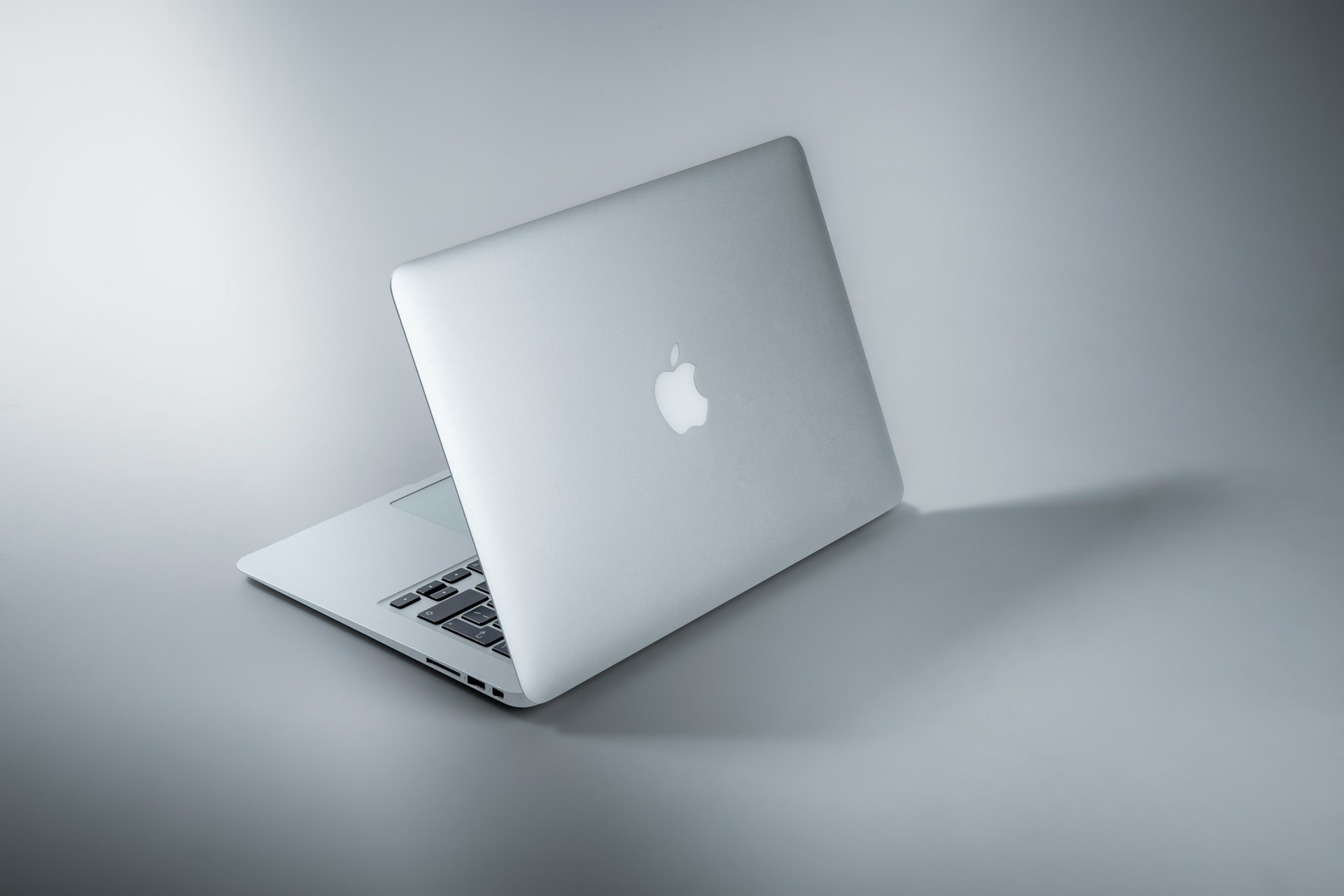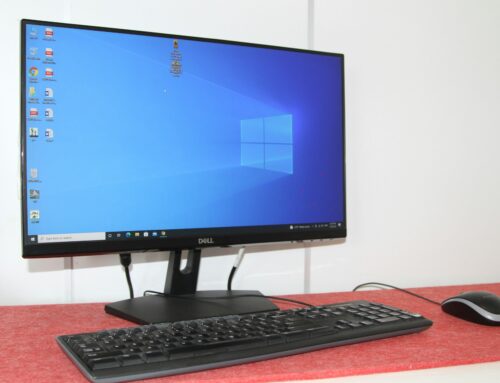Laptops, Macs, and mobile phones have become indispensable in our daily lives, providing essential tools for communication, productivity, and entertainment. As technology evolves and our reliance on these devices increases, it becomes crucial to ensure that they perform optimally in order to maximise the benefits they offer. Forest City Computer Repairs, your trusted London-based solution provider for all PC, laptop, and Mac repair needs, understands the importance of maintaining and enhancing the performance of these devices. To help users achieve this, we have prepared this in-depth guide detailing practical tips and strategies for boosting the performance of laptops, Macs, and mobile phones.
In this guide, we will explore a range of tips designed to optimise device performance, including strategies for better resource-management, storage optimisation, and software adjustments. Through the implementation of these tips and tricks, users will gain a more enjoyable and seamless computing experience, while also potentially extending the lifespan of their devices.
Optimising Resource Management
Efficient use of your device’s resources contributes significantly to better performance. Here are some tips for managing resources on laptops, Macs, and mobile phones:
1 – Monitor resource usage: Regularly check your device’s resource usage in Task Manager (Windows), Activity Monitor (Mac), or other third-party apps for mobile phones. Look out for processes or applications consuming high amounts of CPU, memory, or network resources.
2 – Adjust application priorities: Prioritise necessary and frequently used applications by adjusting your device’s settings. For laptops and Macs, you can alter the priority level of processes in Task Manager or Activity Monitor. Mobile users can force-stop resource-intensive background applications or use power-saving modes.
3 – Disable unnecessary startup applications: To boost startup speeds and reduce background processes, disable startup applications that are not essential. In Windows, use the Task Manager’s Startup tab, while Mac users can access System Preferences > Users & Groups > Login Items.
Storage Optimisation Techniques
Optimising storage can improve your device’s performance and responsiveness. Implement these strategies for effective storage management:
1 – Manage files and applications: Regularly delete or archive unnecessary files and uninstall unused applications. Organise your documents, photos, and other files into folders for easier access and management.
2 – Defragment and optimise drives: For laptops with HDDs, perform regular defragmentation using the built-in utility or third-party software. For Mac and mobile devices with SSDs, enable TRIM support or use native optimisation tools.
3 – Utilise cloud storage: Back up and store files on cloud storage services like Google Drive or iCloud to free up local storage space.
Software Adjustments for Improved Performance
Adjusting software settings can streamline your device’s performance. Follow these tips for effective software tweaks:
1 – Update operating systems and applications: Keep your device’s operating system, drivers, and applications up-to-date to enjoy the latest performance optimisations and security improvements.
2 – Adjust visual effects and animations: Reducing visual effects and animations can enhance system responsiveness. In Windows, access Performance Options via the System Properties window and choose “Adjust for best performance”. Mac users can disable visual effects in System Preferences > Accessibility. Mobile phone users can enable low-power mode or restrict background animations.
3 – Reset or reinstall operating systems: If performance issues persist, consider resetting or reinstalling your device’s operating system. Windows users can use the built-in “Reset this PC” feature, Mac users can restart and use macOS Recovery, and mobile phone users can factory reset their devices.
Enhancing Device Performance through Hardware Upgrades
Upgrading hardware components can boost your device’s performance, particularly in laptops and Macs:
1 – Upgrade RAM: Increasing RAM capacity can improve multitasking and overall system performance. Consult your device’s specifications to determine the maximum supported memory and compatible RAM modules before upgrading.
2 – Install an SSD: Replacing an HDD with an SSD can dramatically improve boot times, application loading, and general system responsiveness. SSDs are available in multiple form factors, so ensure compatibility with your device before purchasing.
3 – Improve Wi-Fi speed and connectivity: For laptops with weak Wi-Fi signals, upgrading to a better Wi-Fi card or using a USB Wi-Fi adapter can improve connectivity and browsing speeds.
Boost Your Laptop, Mac, or Mobile Phone Performance with Expert Strategies
By adopting effective resource management techniques, storage optimisation strategies, software adjustments, and hardware upgrades, users can significantly enhance the performance of their laptops, Macs, and mobile phones. Improved device performance can lead to increased productivity, a smoother user experience, and potentially extended device life.
Trust Forest City Computer Repairs for all your computer repair needs and for professional advice on enhancing the performance of your computing devices. Our expert team in London is committed to providing exceptional repair services and empowering users with practical knowledge to elevate their computing experience. Boost your laptop, Mac, or mobile phone’s performance with expert guidance from Forest City Computer Repairs.







